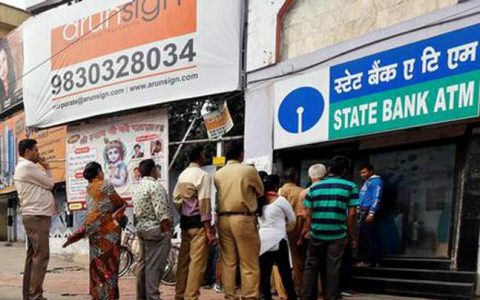 Until last week, banks did not allow savings account holders to withdraw more than Rs 50,000 in a single week.
Until last week, banks did not allow savings account holders to withdraw more than Rs 50,000 in a single week.
On Holi, the Reserve Bank of India did away with the weekly limits on cash withdrawals for Indians.
The limits, imposed after Prime Minister Narendra Modi announced the demonetisation of the old Rs 500 and Rs 1,000 notes, were being gradually eased.
Until last week, banks did not allow account holders to withdraw more than Rs 50,000 in a single week. News agency PTI, in a report from January, spoke to bankers who estimated that the cash withdrawal limit would be lifted by February-end.
On March 10, Finance Minister Arun Jaitley had said that new currency worth more than Rs 12 lakh crore was in circulation. As a comparison, the total value of banned Rs 500 and Rs 2,000 notes was Rs 15.44 lakh crore on November 8, a day before the banknotes ceased to be legal tender.
Meanwhile, the RBI and the Finance Minister continue to be tight-lipped on the exact value or number of banned notes returned. Last week, answering a question in Parliament, Jaitley said it was difficult to give an exact figure on the number of defunct Rs 500 and Rs 1,000 notes deposited so far.
“Every currency note has to be verified – whether it is genuine or fake. Then the genuine and fake notes have to be segregated. It is a very large exercise… Once the RBI completes the exercise, we will inform the House in details,” he said.
The note ban, seen as a risky move, came just a couple of months before the five-state Assembly polls.
However, the BJP’s swept Uttar Pradesh and Uttarakhand and is also set to form governments in Manipur and Goa, where it finished second-best to Congress.
BJP leaders have credited the demonetisation move and last year’s surgical strikes as two of the factors responsible for the party’s performance.
Source: India Today


